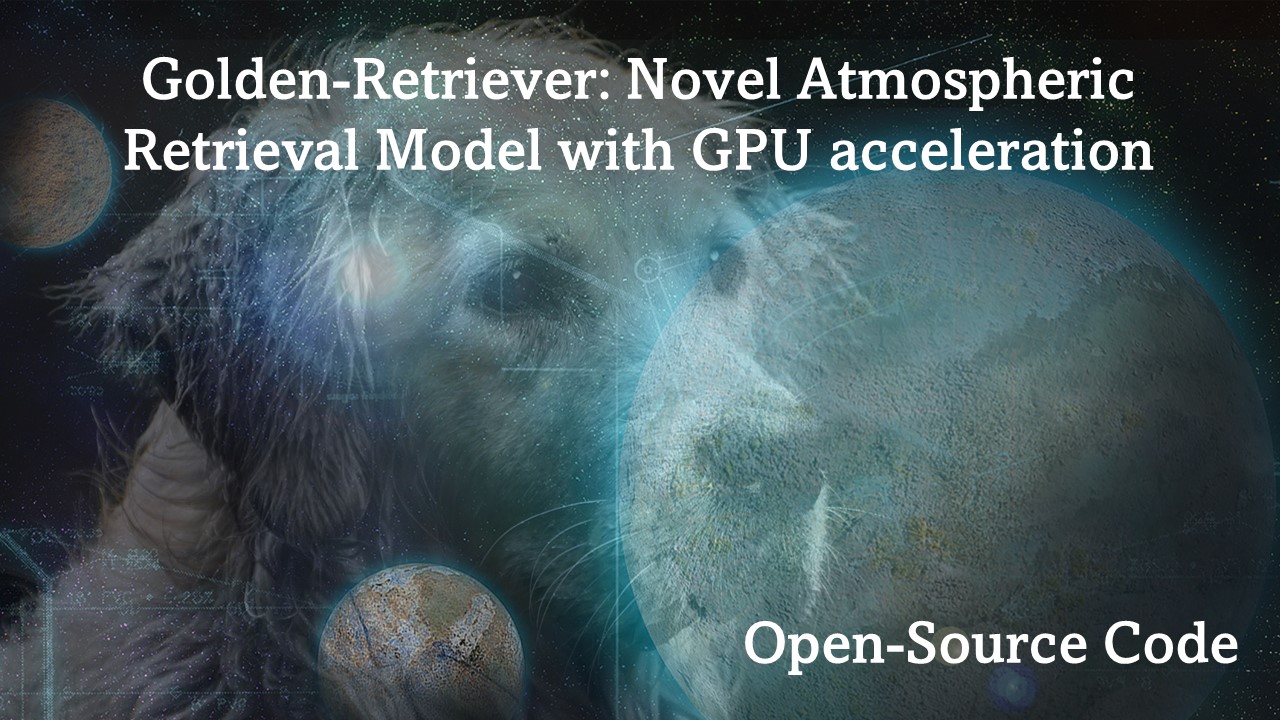Research Projects
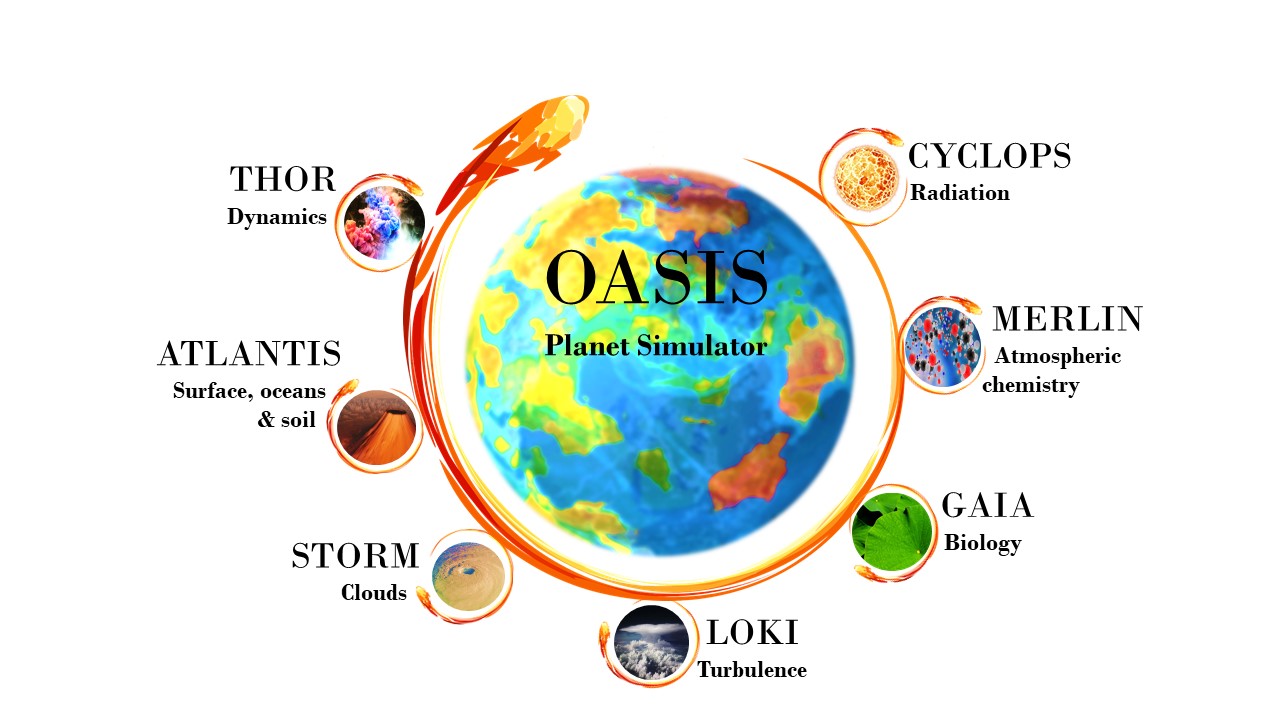
OASIS – Planet Climate Simulator
We are developing a Planetary Climate Model (PCM) from the ground up, OASIS. With OASIS, we envision a platform that couples self-consistently individual modules representing the main physical and chemical processes (including biological activity) that shape planetary environments. OASIS is aim to be a Universal Climate model capable of studying the environment of any planets, which will be an essential tool to characterise observed planets and plan future observations.
Project Funded by Horizon Europe Guarantee (UKRI), Horizon Europe – Marie Skłodowska-Curie Actions & NIVIDIA
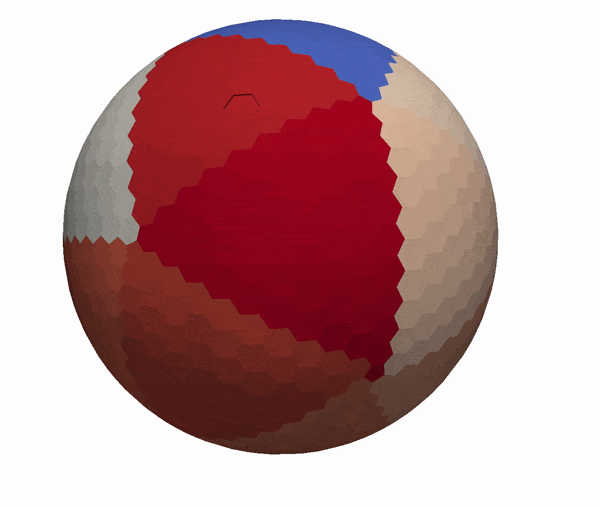
(c) Grosheintz - 3D Icosahedral grid
THOR – Dynamical Core
THOR solves the fully compressible – non-hydrostatic fluid equations in an icosahedral grid and is intended to be flexible enough to explore a large diversity of planetary atmospheres. This code can work as a standalone code, but it is also the physics module that represents the 3D fluid flow in the 3D planetary climate model, OASIS. We have been developing THOR to simulate other planets without compromising the physics in the simulations and avoiding physical approximations brought from other research fields, such as Earth climate research. Currently, the code is being expanded to include new techniques that will allow us to study some of the most extreme planet climate phenomena (e.g., atmospheric collapse).
THOR - Open-Source
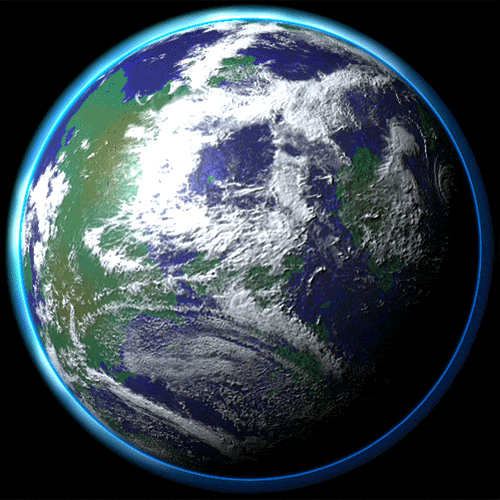
Atmospheric Dynamics & Chemistry
We are also interested in understanding particular dynamical phenomena that occur in planet atmospheres, such as the formation of atmospheric jets and turbulence. By studying atmospheric circulation, we can predict how clouds/chemistry are redistributed across the planet and vice versa. We have been developing 3D numerical tools able to make those predictions.
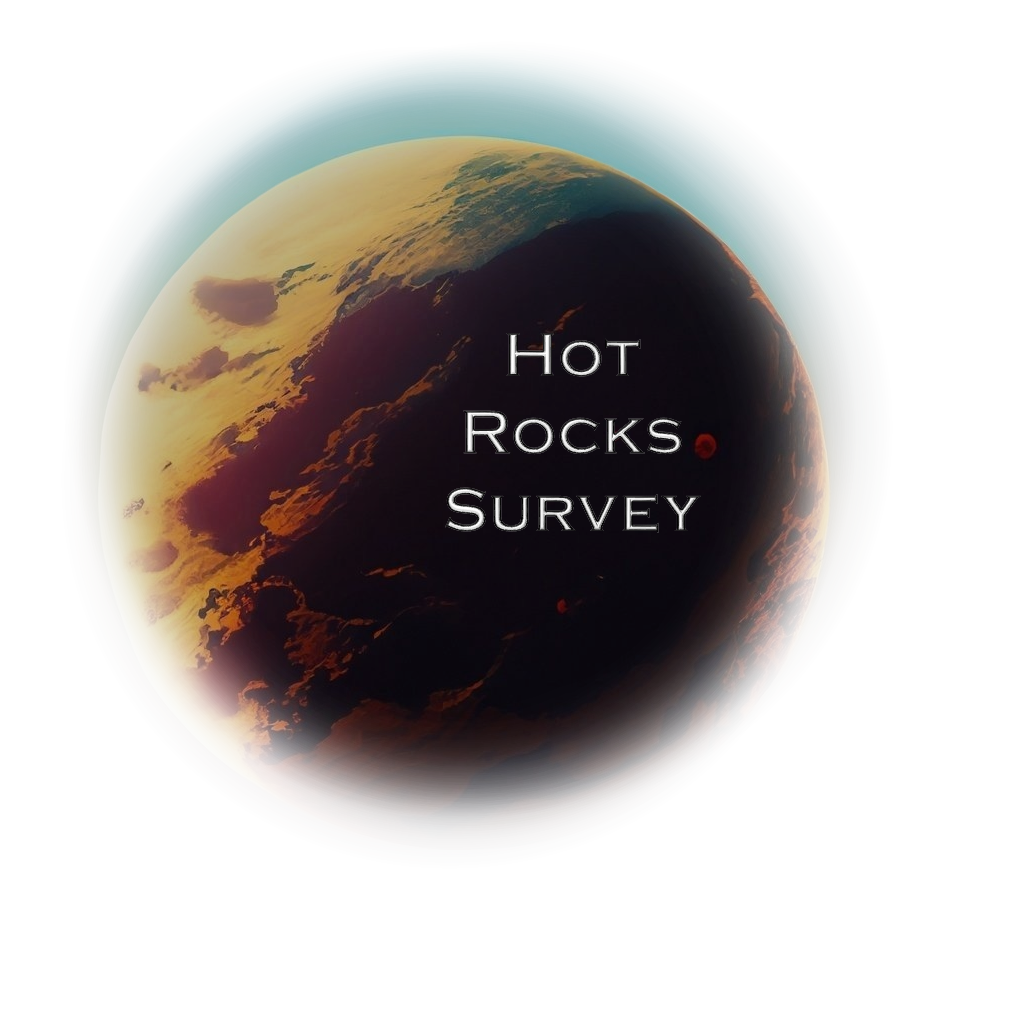
The Hot Rocks Survey
The Hot Rocks Survey is a large programme with the James Webb Space Telescope to investigate nine irradiated terrestrial exoplanets orbiting nearby M dwarfs for the presence of atmospheres. We are probing the hot exteriors of these worlds for atmospheric signatures or rocky surface compositions, and looking at the ensemble sample to figure out what underlying physical processes are at play.
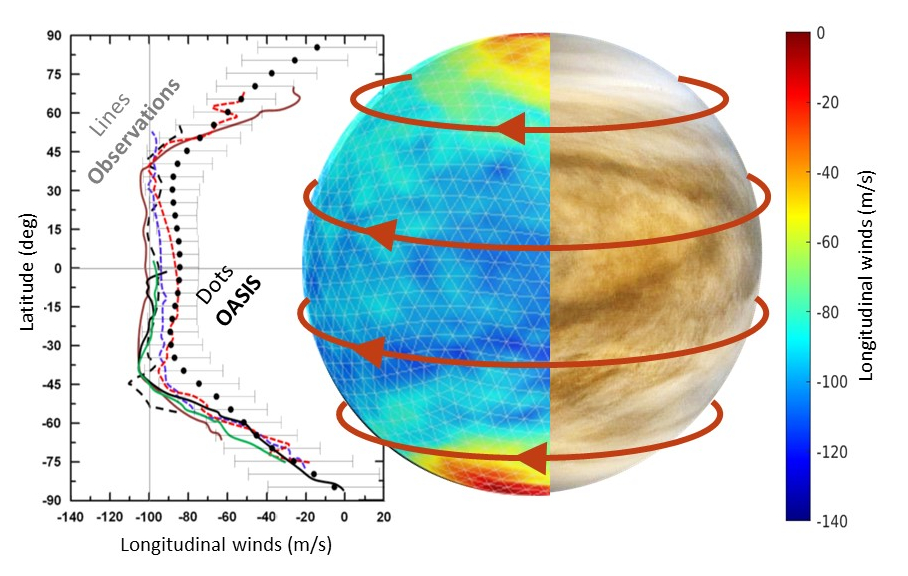
Venus Climate
Venus is the most Earth-like planet in the Solar System regarding mass and size. We have developed numerical tools to fully understand the main mechanisms driving Venus’s climate and atmospheric circulation. To explore Venus, we have developed models with different levels of complexity, from simple 1D models to fully 3D. OASIS is one of the most advanced models worldwide capable of simulating the challenging Venus conditions.
Earth and Venus nowadays have very distinct atmospheres, and we are interested in learning more about the climate evolution of both planets. If Venus had an Earth-like climate in the past, we are very interested in learning when, why and how both climates started diverging.
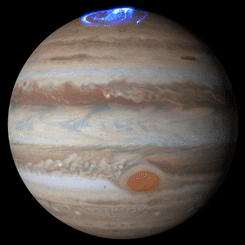
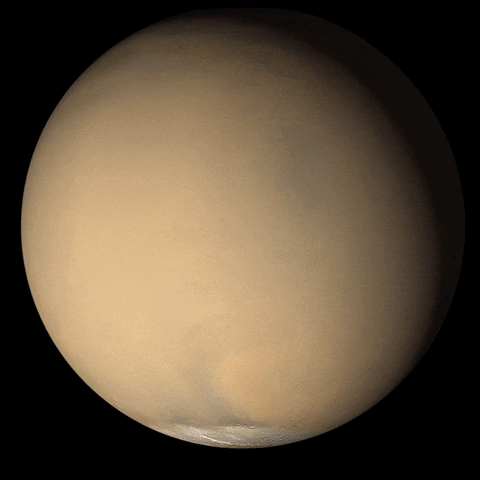
Other Planets
We have ongoing projects on solar (e.g., Venus, Mars, and Jupiter) and extrasolar planets. Several of these projects are associated with atmospheric dynamic problems that remain poorly explored (e.g., the formation of global dust storms and large storms in gas planets). Our ultimate goal is to unify the theory of planetary atmospheric circulations and climates in a comprehensive way.
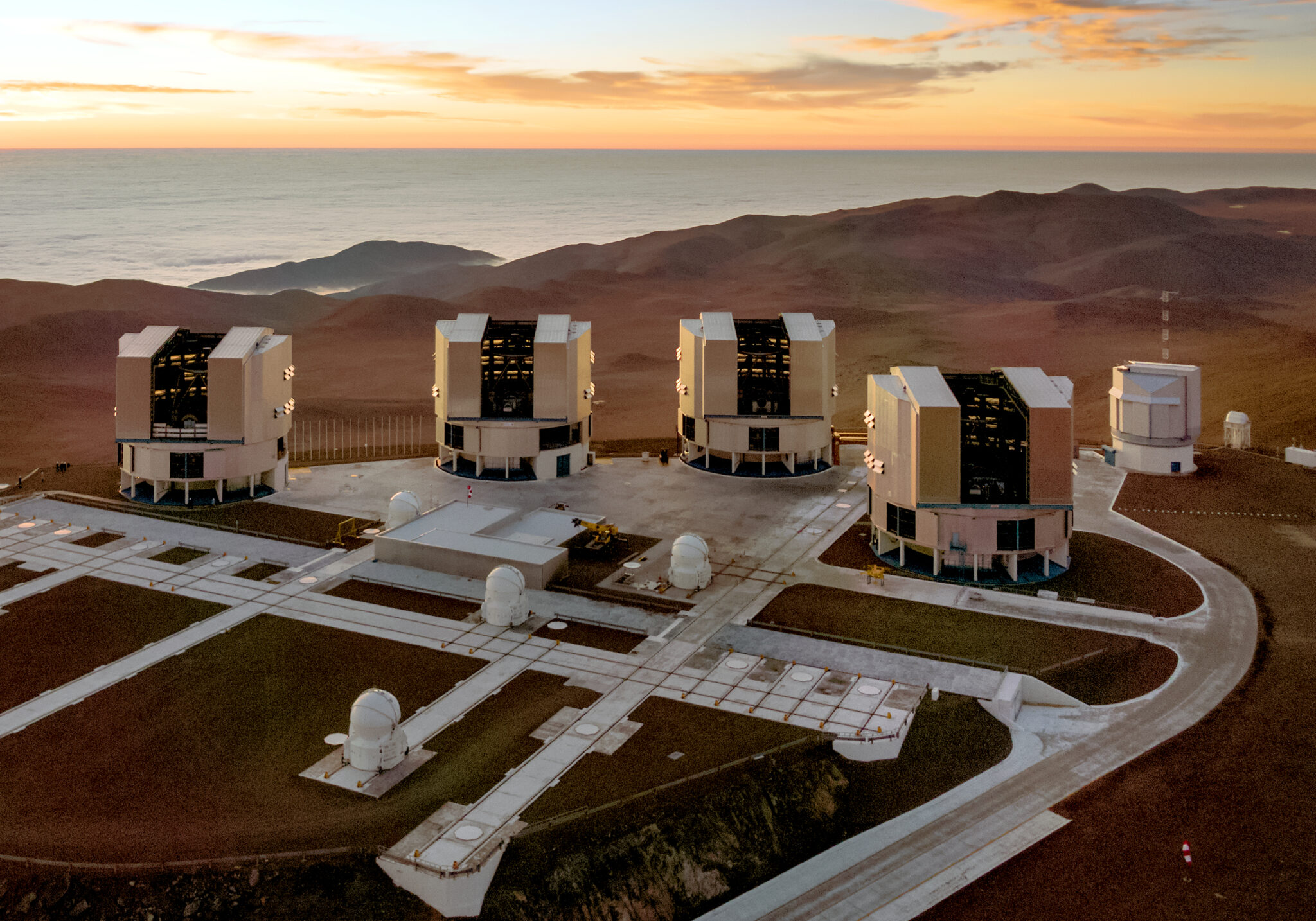
High-Resolution Spectroscopy
High-resolution spectroscopy is a powerful technique to characterise the atmosphere of exoplanets. Currently, we are collaborating with observers by providing atmospheric models to interpret the observational data. We are also developing a retrieval model (Golden-Retriever) that can retrieve physical information about the planets from high-resolution spectroscopy data. One of the main advantages of high spectral resolution observations is that we can resolve a forest of unique absorption lines for specific molecules/atoms.
Retrieval Model
Golden-Retriever is part of an open-source platform that combines multiple observational datasets to retrieve physical information about the atmospheres of planets. The rapid growth of observational data available from the ground- and space-based telescopes requires combining the data available in a unified framework to maximise the physical constraints in our data interpretation.
To combine different types of observational data, including high-resolution spectroscopy, we need to build atmospheric models that are fast enough to interact with nested sampling algorithms. The new software that we have developed combines well-established models to calculate gas absorption cross-sections (Helios-K), equilibrium chemistry (FastChem), and nested sampling algorithms (UltraNest or MultiNest) with atmospheric models (OASIS) accelerated by GPU computations.

